Avalanche – Level 2
Leadership In Avalanche Terrain – Analyzing Snow Stability And Avalanche Hazard
The course is expected to:
- Provide a biological and cognitive framework for decision making, team building and partner selection while developing mindset and intention for interaction with the backcountry environment.
- Provide the basis for a philosophical understanding of risk management and acceptance of risk.
- Gather and prioritize information relevant for describing how seasonal weather has affected the snowpack process and current snowpack structure.
- Create an avalanche hazard assessment without a local bulletin.
- Describe, create and implement a framework for planning, decision making and risk management in consideration of leading a group in avalanche terrain.
- Practice travel and terrain mitigation techniques under supervision with feedback in a variety of avalanche terrain situations.
The Level 2 builds from the introductory avalanche hazard management model introduced in the Level 1 and adds to it the evaluation of factors critical to mindset, risk management, stability evaluation, group management and terrain selection.
A final debrief includes a lesson learned summary and opportunities to gain additional education and mentorship. Students are encouraged and counseled on how to apply the skills learned and told that no course can fully guarantee safety, either during or after course completion. A link is made to a future future professional level trainings.
Upcoming Courses
Student Prerequisites
Participants must have previously completed a Level 1. Be capable of efficiently traveling to, in and around avalanche terrain (1000’ per hour vertical gain). Physically fit enough to carry a 20 lbs pack, with the ability to ski uphill and downhill in variable snow and weather conditions at high elevations above 8,000’.
It is strongly recommended having a WFR or higher medical training, and at least one season traveling in backcountry terrain applying those concepts since taking the Level 1.
Equipment List
Required equipment for all Avalanche Courses is provided on our Equipment List page.
Instructional Sessions
40 Hours including both Class and Field Instruction
Energy Balance
Faceting
Surface Hoar
Skier Triggering
Information Gathering
- Site selection and relevancy
- Spatial variability
- Slope tests
Companion Rescue
- Level 1 techniques review
- Multiple burial
- Shovel techniques
International and national snow, weather and avalanche observation and recording guidelines (SWAG)
- Weather; interpreting forecasts, recording and observation techniques
- Snow profile techniques and bonding tests
- Avalanche observations and recording techniques
- Stability analysis checklist: reviewing critical factors
- Stability ratings
- Daily stability forecasts and analysis
Trip Planning and hazard forecasting for avalanche terrain
- The avalanche danger ratings
- Terrain analysis using maps/photos
- Forecasting stability and variability
Terrain Selecting And Route Finding
- Group management and hazard management
- Decision making
- Human factors
